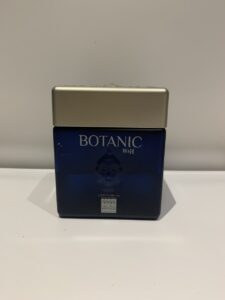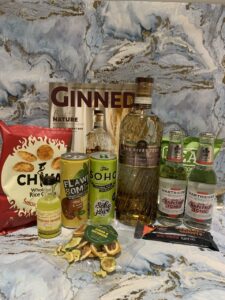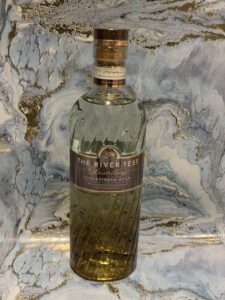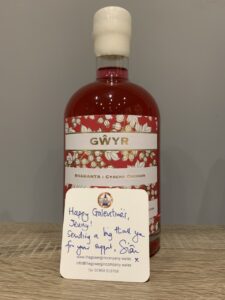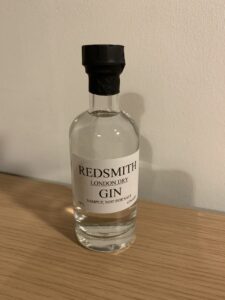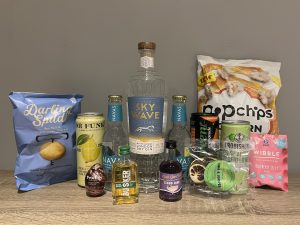 Oh hey there. It’s been a while. Isn’t it annoying when real life gets in the way of gin tasting on the internet? I received my March delivery from Craft Gin Club, but then had to go to LA to run a conference (I know right, it’s a hard life) and that kinda took over everything. But here I am getting back to normal. But enough about me, this gin comes from Sky Wave Distillery based in Oxfordshire and this edition – launched through Craft Gin Club – is inspired by the Uffington White Horse.
Oh hey there. It’s been a while. Isn’t it annoying when real life gets in the way of gin tasting on the internet? I received my March delivery from Craft Gin Club, but then had to go to LA to run a conference (I know right, it’s a hard life) and that kinda took over everything. But here I am getting back to normal. But enough about me, this gin comes from Sky Wave Distillery based in Oxfordshire and this edition – launched through Craft Gin Club – is inspired by the Uffington White Horse.
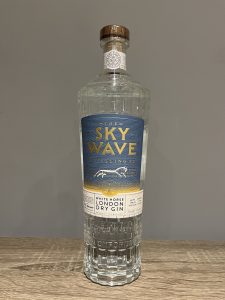
After visiting in the height of summer, founders Rachel and Andrew wanted to use local botanicals to create something new. Red clover flowers, cornflower petals and lavender team up with cardamom, ginger, lemon and orange to create a gin that has “bold juniper…with a light floral note”.
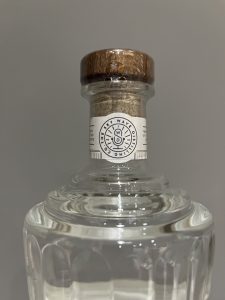 Opening my bottle and I’m hit by juniper and something bright and green – I wasn’t expecting it to smell so herbaceous. In the glass you definitely get a waft of ethanol (the gin is 40% ABV), but luckily it doesn’t come across when you sip it. To taste it is definitely juniper led, with softer floral notes coming in at the end. You get some sharpness from the citrus, but it’s pretty well balanced. I hope this tastes as good with tonic as it does neat.
Opening my bottle and I’m hit by juniper and something bright and green – I wasn’t expecting it to smell so herbaceous. In the glass you definitely get a waft of ethanol (the gin is 40% ABV), but luckily it doesn’t come across when you sip it. To taste it is definitely juniper led, with softer floral notes coming in at the end. You get some sharpness from the citrus, but it’s pretty well balanced. I hope this tastes as good with tonic as it does neat.
 I’m using the supplied Navas tonic (but I refuse to do the 1:4 ration they recommend). I’m starting with equal amounts, and I’m glad I did. The bitterness from the tonic is obvious and has knocked out some of the gentler notes from the gin. However, the juniper still shines through and you get a nice warmth on the tip of your tongue from the ginger which lingers at the end.
I’m using the supplied Navas tonic (but I refuse to do the 1:4 ration they recommend). I’m starting with equal amounts, and I’m glad I did. The bitterness from the tonic is obvious and has knocked out some of the gentler notes from the gin. However, the juniper still shines through and you get a nice warmth on the tip of your tongue from the ginger which lingers at the end.
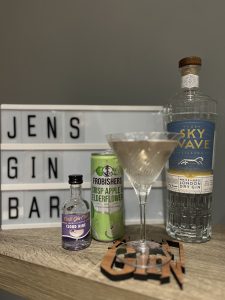
Their Cocktail of the Month is a Cloud 9 – 50ml gin and 25ml syrup shaken with ice, then topped with Frobishers Apple and Elderflower. Now. The gin is nice. The fizz is nice. And yet the cocktail tastes of parma violets. I think as usual, the sugar syrup concoction doesn’t always actually add anything to the drink. I think the crisp apple mixer would be nice enough with the gin. It’s not terrible, but it’s not one I’m going to rush to recreate. I think sticking to a G&T or a martini is the way forward to enjoy this.
Sky Wave White Horse London Dry Gin is currently only available through the Craft Gin Club members’ shop for £40. If you want to get your hands on some, you can join via this link [note: if you use that link to sign up, you get a free taster box, and I get £10 off my next box).
You can find Sky Wave on Facebook, X and Instagram. Feel free to get in touch with me over on Instagram or X and let me know what you think.
 For today’s blog, we are travelling to Germany, specifically a town called Göttingen, to try
For today’s blog, we are travelling to Germany, specifically a town called Göttingen, to try  September is upon us. Bring on cooler days and cosy knitwear. And with this change of season, comes the autumnal
September is upon us. Bring on cooler days and cosy knitwear. And with this change of season, comes the autumnal 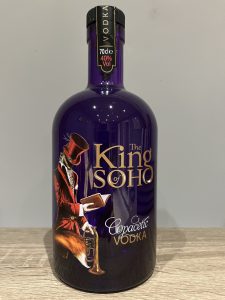 You might have seen my recent post about
You might have seen my recent post about 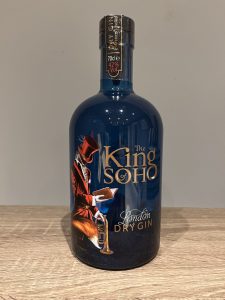 I’ve seen
I’ve seen 
